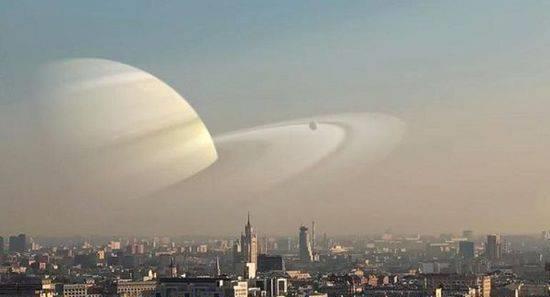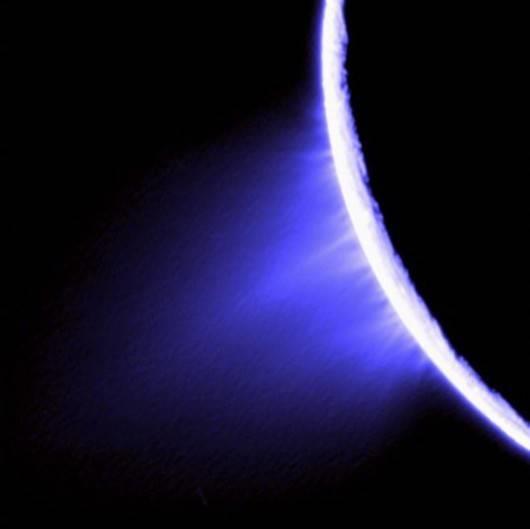
Sat

urn, the sixth planet from the sun and the second-largest in the solar system, is a gas giant with fascinating features and enigmatic mysteries. In this article, we will explore some of the lesser-known facts about this majestic planet.
1. Saturn has an unusual hexagonal shape at its north pole.
One of the most intriguing features of Saturn is its hexagonal shape at the north pole, which was first observed by the Voyager spacecraft in 1981. The hexagon is a jet stream that circulates around the pole and is around 30,000 kilometers in size, which is roughly the same size as the Earth. It remains a mystery how such a shape could form and persist for so long.
2. Saturn has the most extensive system of rings in the solar system.
Saturn's rings are undoubtedly its most famous feature, and they are also the most extensive and complex in the solar system. The rings are made up of billions of pieces of ice and rock debris, ranging in size from tiny grains to giant boulders. Despite their apparent stability, the rings are constantly changing due to interactions with Saturn's moons and the planet's own magnetic field.
3. Saturn is less dense than water.
Despite being over 95 times the mass of the Earth, Saturn is remarkably light and fluffy, with a density less than that of water. If you could find a pool large enough, Saturn would float in it!
4. Saturn has more than 80 moons.
Saturn's moon system is vast, with over 80 moons currently confirmed and named. The largest of these is Titan, which is larger than the planet Mercury and is the only moon in the solar system with a substantial atmosphere. Another moon of note is Enceladus, which has a subsurface ocean that may harbor life.
5. Saturn's rings are disappearing.
Saturn's rings are not a permanent feature and are slowly disappearing over time. The particles that make up the rings are being pulled towards Saturn by its gravity and are being destroyed by the planet's atmosphere. It is estimated that the rings will disappear completely in around 100 million years.
6. A day on Saturn is shorter than its year.
Saturn has a very short day, taking just 107 hours to rotate on its axis, which is the second-fastest rotation of any planet in the solar system. However, its year is much longer, taking 29.4 Earth years to orbit around the sun.
7. Saturn has a massive storm that has been raging for over 30 years.
Similar to Jupiter's Great Red Spot, Saturn also has a giant storm on its surface, which has been raging for over 30 years. The storm, known as the Great White Spot, is caused by the planet's seasonal changes and is around the size of the Earth.
8. The largest volcano in the solar system is on Saturn's moon, Titan.
Although not located on Saturn itself, Titan, Saturn's largest moon, is home to the solar system's largest volcano. Mount Doom, also known as Doom Mons, is around 4,000 meters high and is believed to be active, spewing out methane and other gases into the atmosphere.
In conclusion, Saturn is a planet full of surprises and wonder, from its hexagonal shape to its disappearing rings and vast moon system. As technology advances, we are sure to uncover even more fascinating facts and secrets about this majestic gas giant.